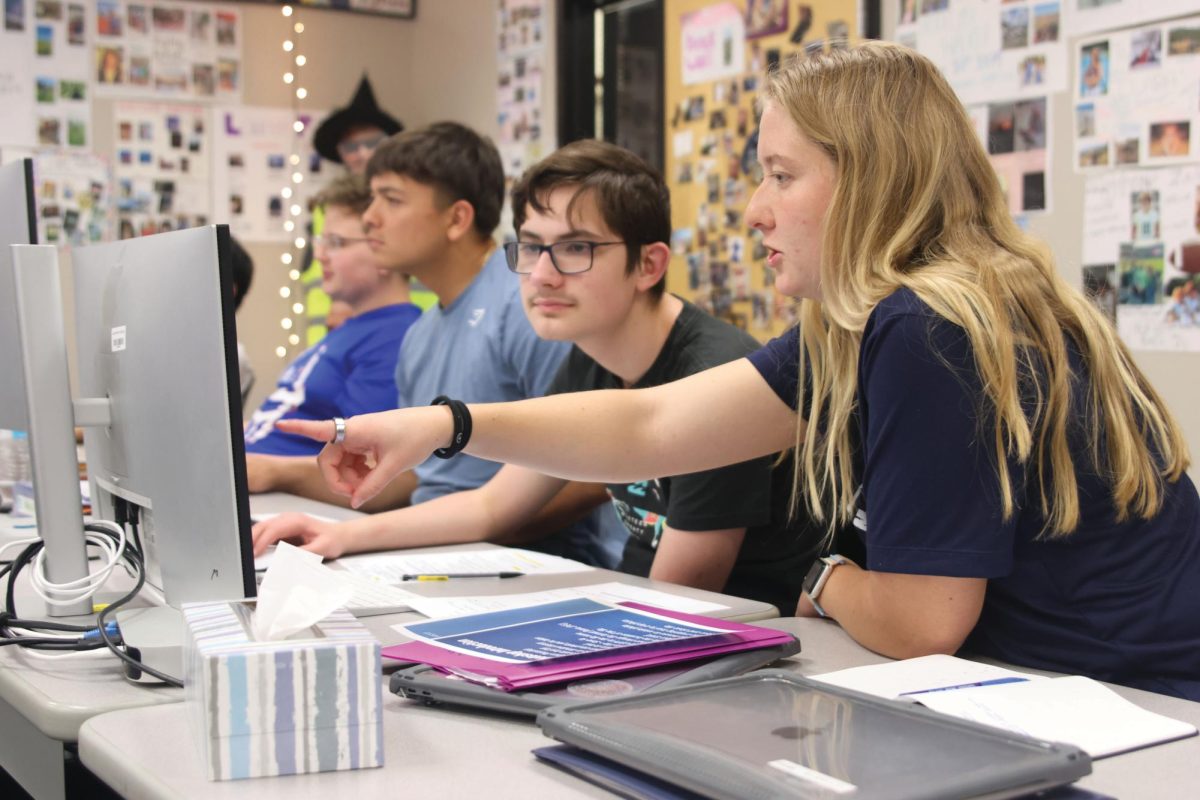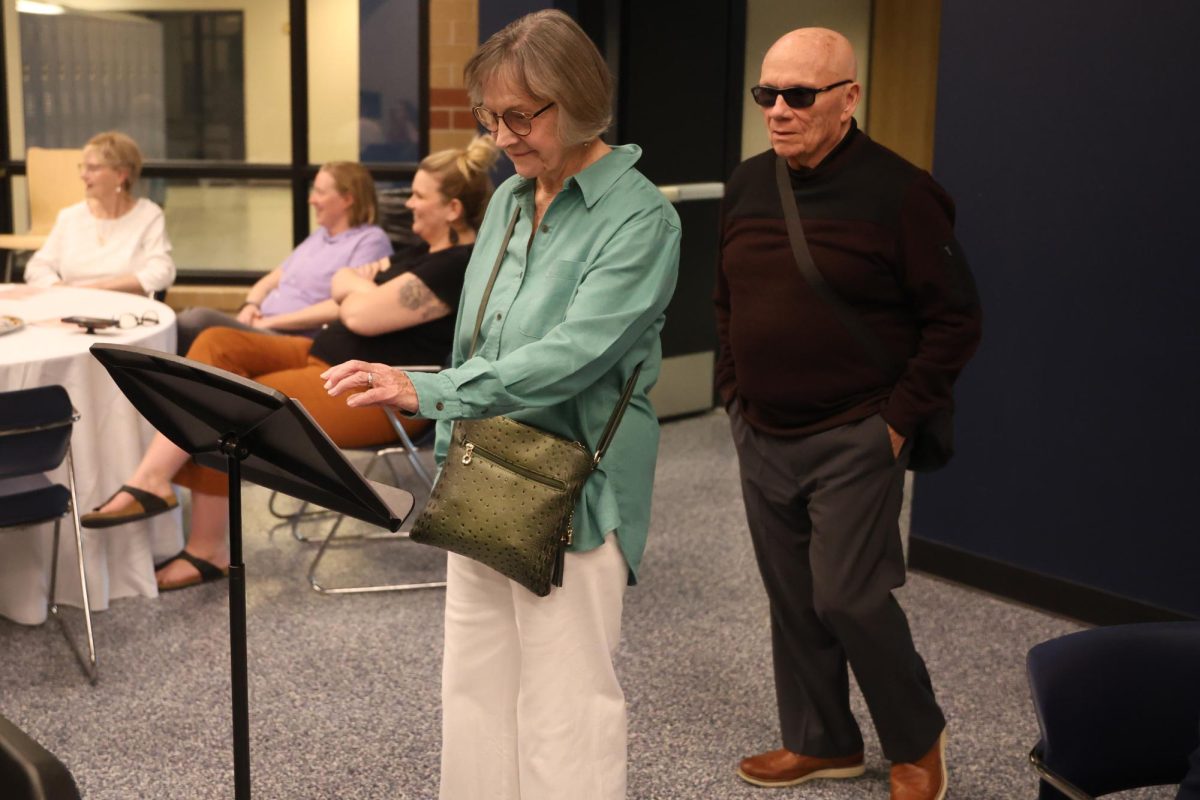A new policy on part-time students went into effect last semester, and as a result, fewer seniors now roam the school.
With more and more students going over the amount of credits required to graduate, the district’s stance on allowing part-time students has been modified to allow more students the ability to go part-time. Needing only 25 credits to graduate, the upcoming freshman class could earn up to 33. With no immediate solutions in sight to this credit situation, the district will keep the required 25 credits. Assistant principal Jennifer Smith sheds light on the chance of a potential change in requirements.
“To raise them we would have to do it as a district, there is always the possibility for new classes to come out,” Smith said. “Before we make any new requirements or changes, they would have to be looked at and reflected on.”
Until a change in the graduation requirements is made, some students, especially seniors, have more than enough credits to graduate. To remedy this situation, more than 15 seniors have currently gone part-time compared to only one senior last school year.
Counselor Patricia Chandler said the new part-time policy is not being used the way it was intended.
“The intention of the part-time student system was put in place for those students who were home schooled, but wanted to take a class at the high school,” Chandler said. “But the way it is being used now was not how it was intended.”
Students now become part-time for a multitude of reasons. Senior Ryanne Burke became a part-time student to work a part-time job.
“When I moved out of my parents’ house, I started paying rent, and that was when I knew I had to make more money to pay my bills,” Burke said.
However Burke does think being a part-time student is not for everyone.
“I would only suggest it to people who have reason to need it,” Burke said. “If you don’t have a reason, like a job, you will be bored.”
Going part-time may sound attractive in some cases, but senior Alex Kuhn believes there are several downsides.
“You are going to have a lot of trouble finding a real job,” Kuhn said. “There is a social downside too, you miss out on things and people could stereotype you. To me, being a part-time student is going to create a lot more problems than it solves.”
Burke agrees that part-time students can lose important experiences.
“I miss out on a lot of the day,” Burke said. “I feel like I’m missing a lot of my senior year, I leave school early everyday while everyone else is still here living their lives.”
Chandler says she is also bothered by the part-time students’ separation from the social aspect of school.
“The students disconnection from the school makes me sad,” Chandler said. “They are growing up too fast. There will always be work, always more school after graduation, but part-time students miss out on things that they wouldn’t have if they were here full-time.”
For students in the right situation, there are some benefits to going part-time. Burke says, for her, taking just three core classes keeps her more organized for school.
“It’s easier to keep track of my classes and my homework,” Burke said.
Although most part-time students take only three classes, they still have the option to take more. A minimum of six classes is required by the district for any student who wants to participate in extra-curricular activities like athletics.
Kuhn believes the participation policy is understandable.
“It’s reasonable that if you need to take time off of school and not have a full schedule, you shouldn’t have the time to devote yourself to a team,” Kuhn said.
Smith takes a more practical approach to this conflict.
“Just because a student isn’t here full-time doesn’t mean they can’t participate,” Smith said. “This is just one situation you have to look at on an individual basis. No solution fits all.”
Whether a change in requirements happens or not, one things for sure, the option to become a part-time student is here to stay.







